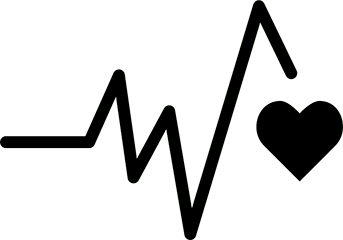Behavioral model from Rice University uses individual contributions to model the collective behavior of a group.
Benefits
- Increased efficiency
- Predictive
Applications
- Medical treatment
- Mathematical modeling
UN Sustainable Development Goals Addressed
-

Goal 3: Good Health & Wellbeing
-

Goal 11: Sustainable Cities & Communities
The Challenge
Behavioral models have helped researchers understand the collective behavior of many organisms. These models are usually based on presumptive algorithms because comprehensive real-world data in unavailable. Without this data, critical assumptions are made, resulting in predictions that may deviate from actual behavior. If models like these were data-driven, predictions would be more accurate in anticipating changes and behaviors within species, leading scientists to better understand how these organisms work. For example, scientists could understand and prevent the behavior of certain bacterial strains that cause various diseases.
Innovation Details
The behavioral model predicts the emergent behavior of a group of cells based on individual contributions. It takes data from a particular group and deciphers which individual behaviors are significant in the overall group. This can then be used to determine whether a specific type of individual behavior can contribute to collective, emergent behavior. The model could potentially be used for ecological models to study species groups in different areas.
Biological Model
Individual bacteria are influenced by the actions of surrounding bacteria. When there is an external threat, the bacteria work together to withstand the forces. Additionally, depending on the situation, bacteria can either fully or partially rescue certain other bacteria.





